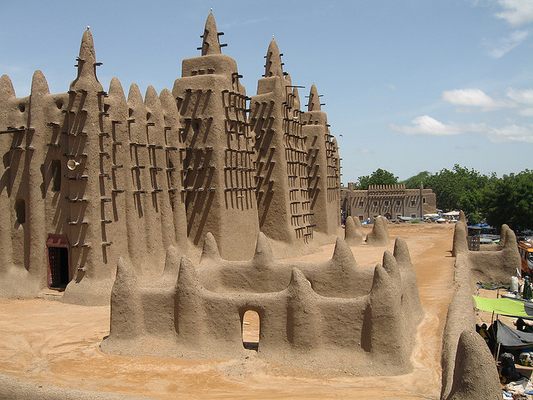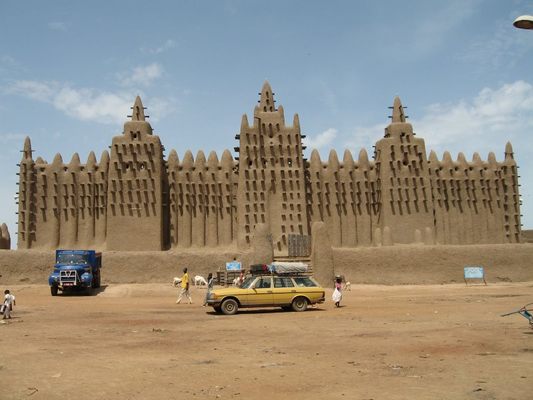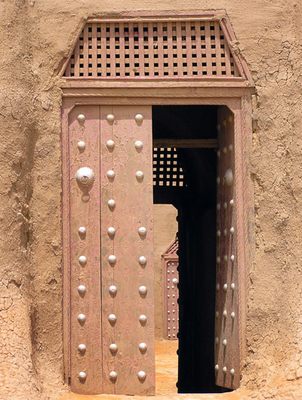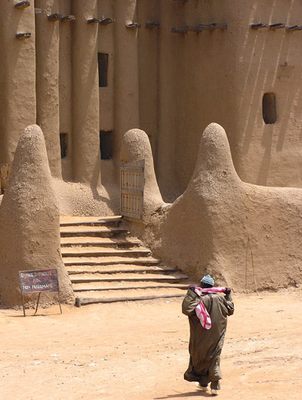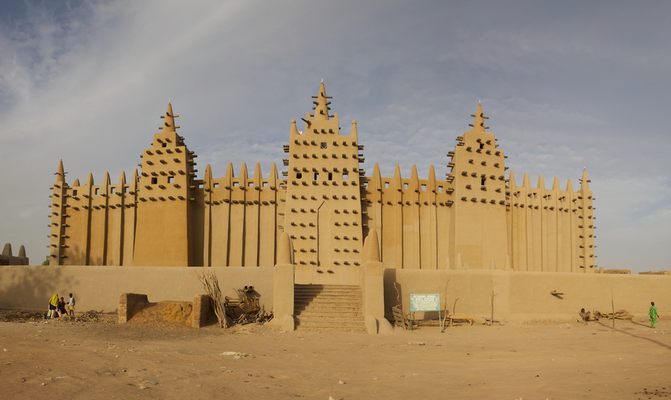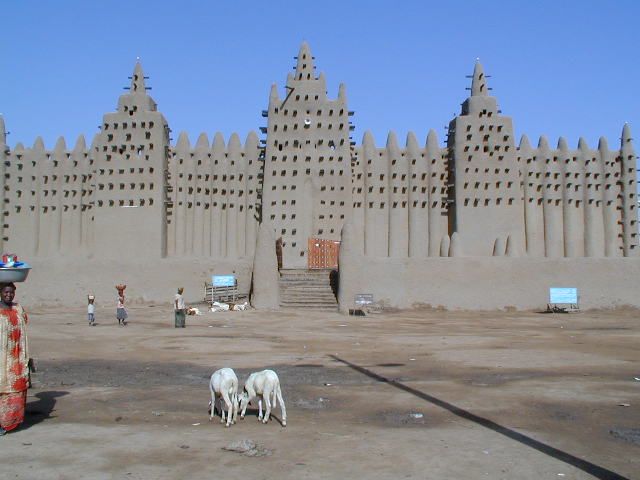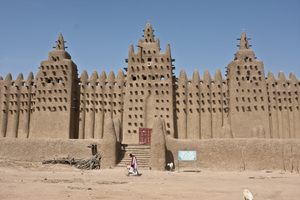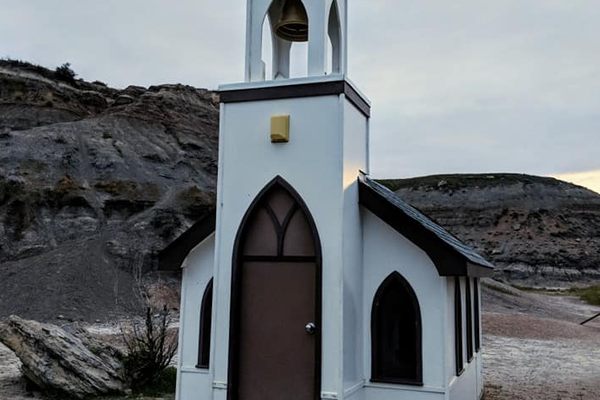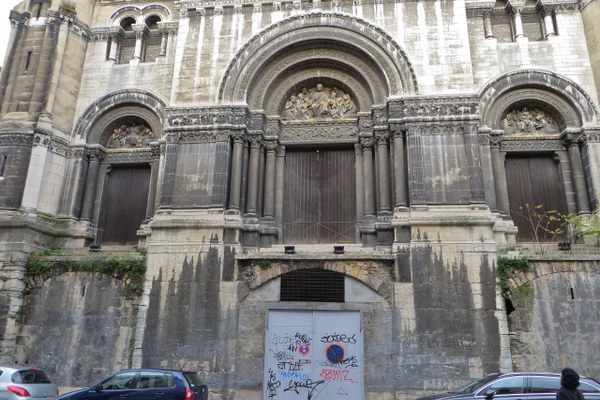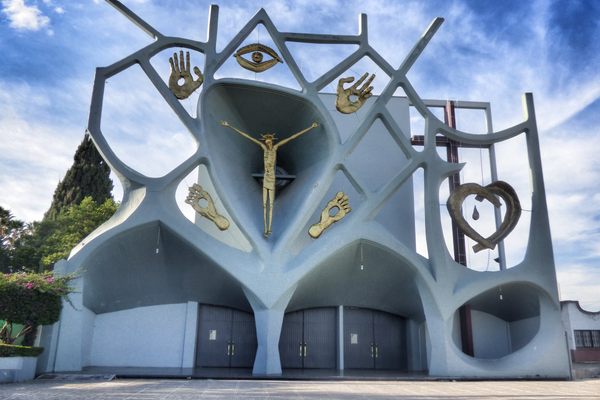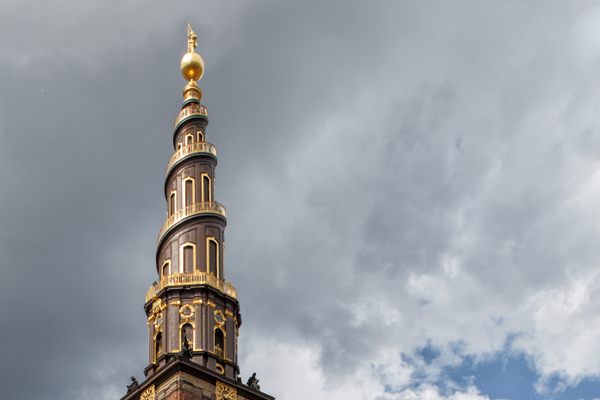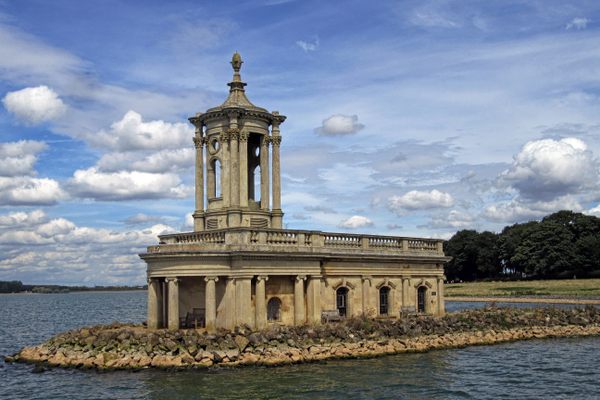About
Rising up at the center of Djenné, Mali, is the Great Mosque. Built in 1907, everything from its minarets to its spired walls is constructed from mud.
In fact, the whole historic town of Djenné has been built from this mud architecture since the 14th century, in a tradition passed down from generation to generation. The process involves baking mud and straw bricks in the sun and stacking them to create walls that are then plastered with mud. The mosque (together with some 200 historic homes in the city) requires regular re-plastering to keep its form.
Recent political upheavals and a drought have threatened the mud architecture of Djenné, and so has the emergence of more modern building materials. However, while some Mali mosques have added electricity and other technology, the citizens of Djenné are dedicated to their historic building and only a loudspeaker system has been incorporated into the structure.
Related Tags
Know Before You Go
The Foreign and Commonwealth Office (FCO) currently advise against traveling to some parts of Mali, therefore their website should be consulted before booking your flights. Moreover, since 1996, non-Muslims are not allowed inside the mosque.
Community Contributors
Added By
Published
August 11, 2013
Sources
- http://www.nytimes.com/2012/04/19/arts/design/the-great-mosque-in-djenne-mali.html?pagewanted=all&_r=0
- http://www.mnh.si.edu/exhibits/mud-masons/
- http://sacredsites.com/africa/mali/djenne.html
- https://books.google.com.sg/books?id=Hj1jBAAAQBAJ&pg=PT218&lpg=PT218&dq=djenne+mosque+woman+forbidden&source=bl&ots=ki5Zjflipl&sig=lCO5gK3ipGbHyh-C5VErMFU3Wyg&hl=pt-BR&sa=X&ved=0ahUKEwi-5JGGmOfaAhVKQo8KHX-3Ca8Q6AEIcTAM#v=onepage&q=djenne%20mosque%20woman%20forbidden&f=false
- https://www.gov.uk/foreign-travel-advice/mali


